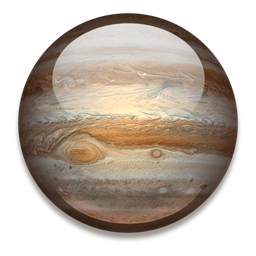Teaching
PHY328: Advanced Python
An online course that includes the use of libraries like NumPy, scikit-learn and Pandas, as well as introducing Object-Oriented programming and the basics of machine learning.
The course culminates in students coding their own neural network and using it to classify stars and galaxies using data from the Sloan Digital Sky Survey. The course notes are contained in the CoCalc computing environment, contact me for details.
PHY241: Observational Astronomy
An introduction to observational astronomy and Python programming. It replaces the old observational astronomy course PHY217. PHY217 does not contain any Python lessons, but covers the topics of astronomical instrumentation and telescope design in more detail.
Detailed course notes for PHY241 are available online. Archived course notes for PHY217 are also available.


